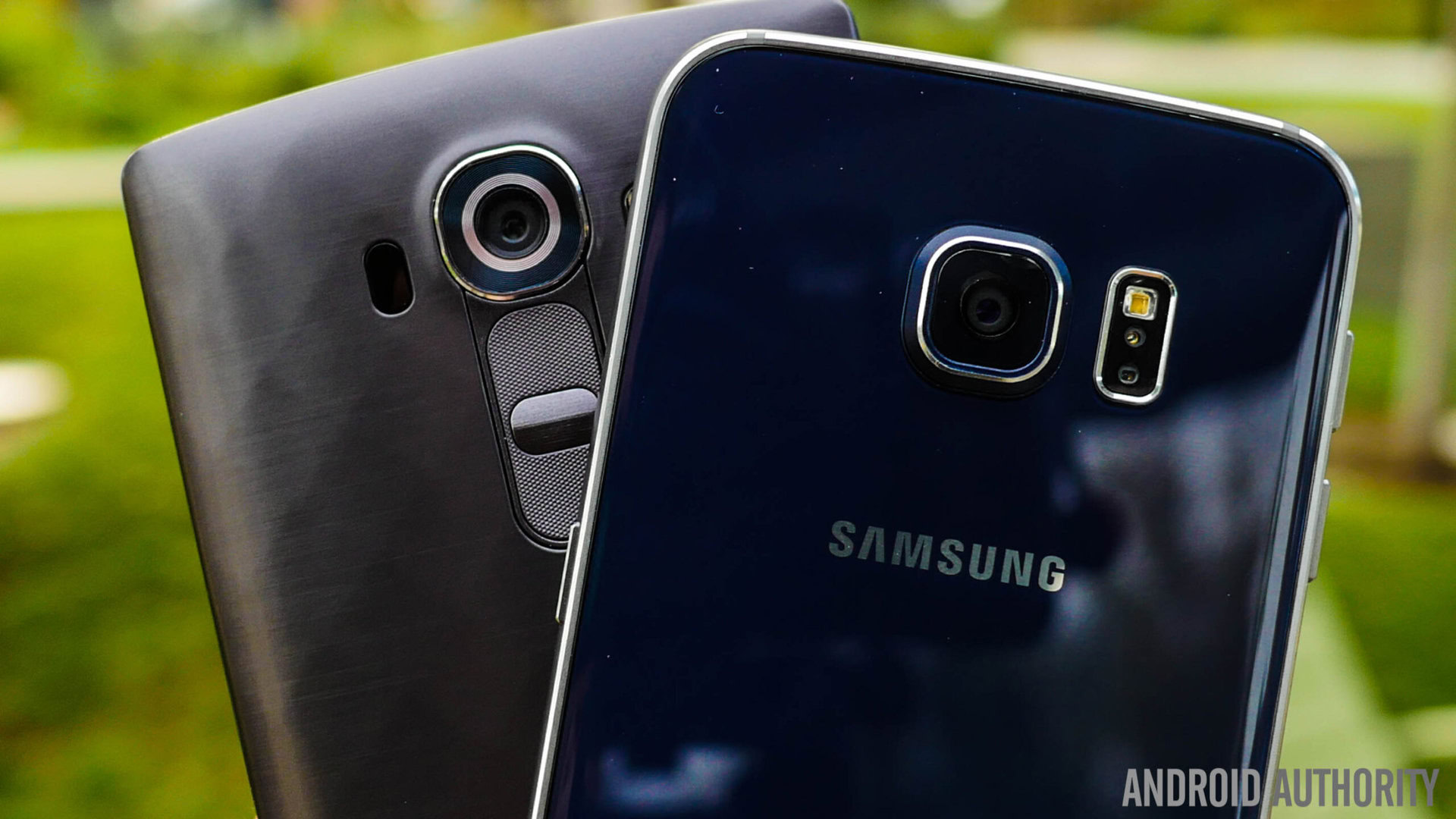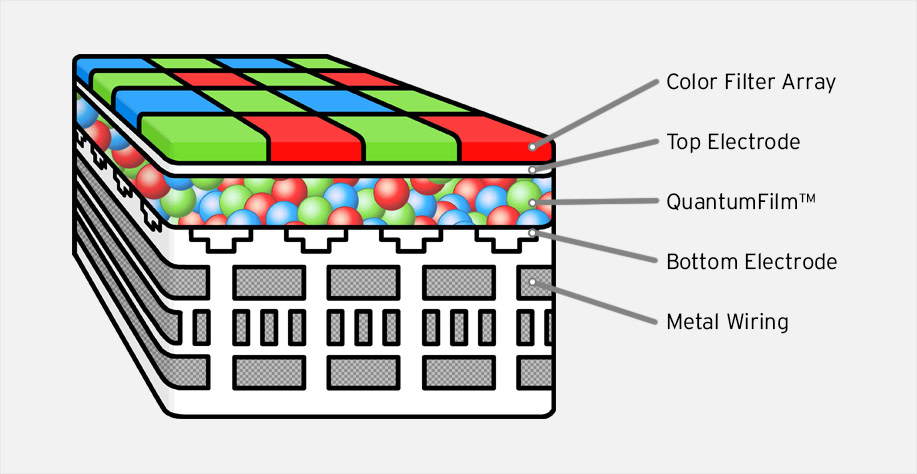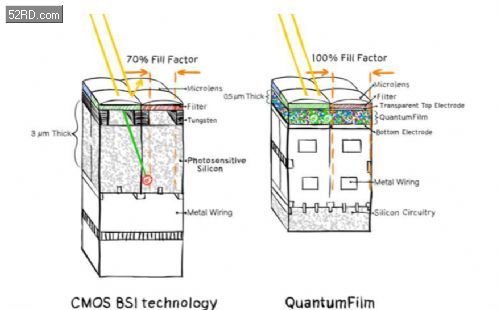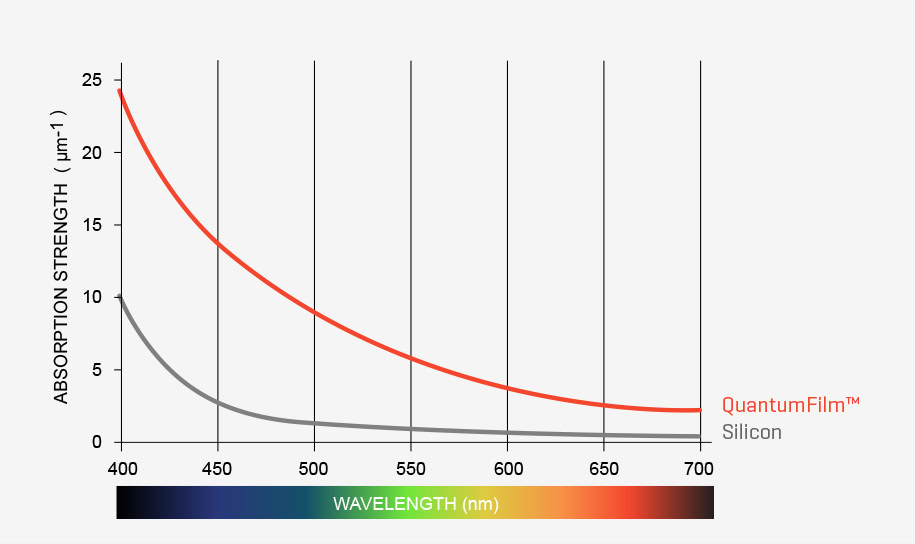Affiliate links on Android Authority may earn us a commission. Learn more.
QuantumFilm image sensors explained
Published onAugust 20, 2015

Smartphone cameras have come a long way recently, with sensor and lens setups in some of this year’s flagships offering up some seriously good looking results, just look at the Galaxy S6 or the LG G4 for example. However, even the best smartphone cameras still suffer from limited versatility, often have poor low light performance, and heavy noise and crosstalk when compared with higher end sensors found in DSLR cameras.
Furthermore, the resolution race has seen increasingly high-resolution cameras in smartphones, but our testing and experience has shown us that the cameras with the most pixels aren’t necessarily producing the best results. That being said, HTC’s attempt to buck this trend with its Ultrapixel technology failed to produce superior results either. The fact of the matter is that sensors, and therefore pixel sizes, in smartphones are limited by their compact size.

InVisage, a fabless semiconductor company, is planning to bring its unique QuantumFilm technology to market, which might provide a big leap forward in image quality for small form factor mobile devices.
The problem
The crux of the issue is down to the compromises made with module size and light capture. For a little background, modern CMOS image sensors are built up of lots of sensor/pixel cells, each configured with a filter to detect how much red, green, or blue light is in the scene and in which locations. But these sensors aren’t perfect, there is a certain amount of reflection and loss as light enters a sensor and there can also be cross talk between adjacent cells and electronic interference, which manifests as noise and color artifacts.

These problems are more pronounced in compact smartphone sensors, as the cells are smaller and packed in closer together. Further increasing the resolution of a sensor compounds these problems, leading to more noise and worse performance in low light conditions.
The image sensor industry has come up with a number of innovations to help combat these problems. Moving over from frontside to backside illumination sensors helped reduce loss as the light reached the base of the cell, while Samsung’s Isocell aimed to better insulate nearby cells from each other, resulting in less crosstalk. These are fine solutions, but don’t completely eliminate the aforementioned probems.
QuantumFilm’s solution

InVisage’s QuantumFilm technology aims to address these problems by tweaking traditional sensor designs to make use of its own light sensing layer, which promises to capture more light and avoid crosstalk. Much of the design remains the same as today’s CMOS sensors, instead it is the QuantumFilm layer that is of particular interest.
Rather than using silicon photodiodes, InVisage’s sensors use their own metal-chalcogenide quantum-dot film to capture much more light near the surface of the sensor. This film is built from quantum dots, a small nanocrystal with quantum mechanical properties, arranged in a colloid, a solution made up of evenly distributed small particles.

This layer is connected in between the usual filter layer and the electrode circuitry. When a certain color of light reacts with the QuantumFilm layer, the circuit can detect the region in which this reaction occurred to determine the pixel’s color. This way, the camera’s resolution does not affect the amount of light captured in the way that traditional CMOS sensors do and there’s apparently less crosstalk than solutions which require larger photosensitive cells. In other words, the resolution of the filter layer and density of the detecting circuitry determines the resolution, while the film layer remains unchanged.
The video below offers a pretty comprehensive explanation of what the company wants to achieve, without the techno-babble.
This whole idea seems rather well suited to smartphones, where compact hardware is essential. QuantumFilm has a few benefits in this regard, as it can be produced at very thin sizes, cutting up to 0.8mm off the very smallest CMOS sensors, which is a small, but valuable space saving inside a smartphone.

Furthermore, QuantumFilm boasts a light absorption capacity up to eight times greater than some silicon CMOS sensors, allowing for greater dynamic range and better low light shots, less noise, and it can also be used for infrared light detection, opening the door for new and interesting compact product ideas.
How soon?
Like many other up and coming pieces of technology, the big problem with QuantumFilm is that it remains untested in real world consumer products. There has been a lot of talk for a number of years, but nothing for us to really sink our teeth into.
As a small company, InVisage is currently only producing a small number of wafers, but is looking to ramp up production in the second half of this year. TSMC will be helping InVisage further increase production with additional capacity next year.
We are still probably in for quite a wait until the first smartphones appear sporting the technology, but QuantumFilm is certainly something to keep an eye on.